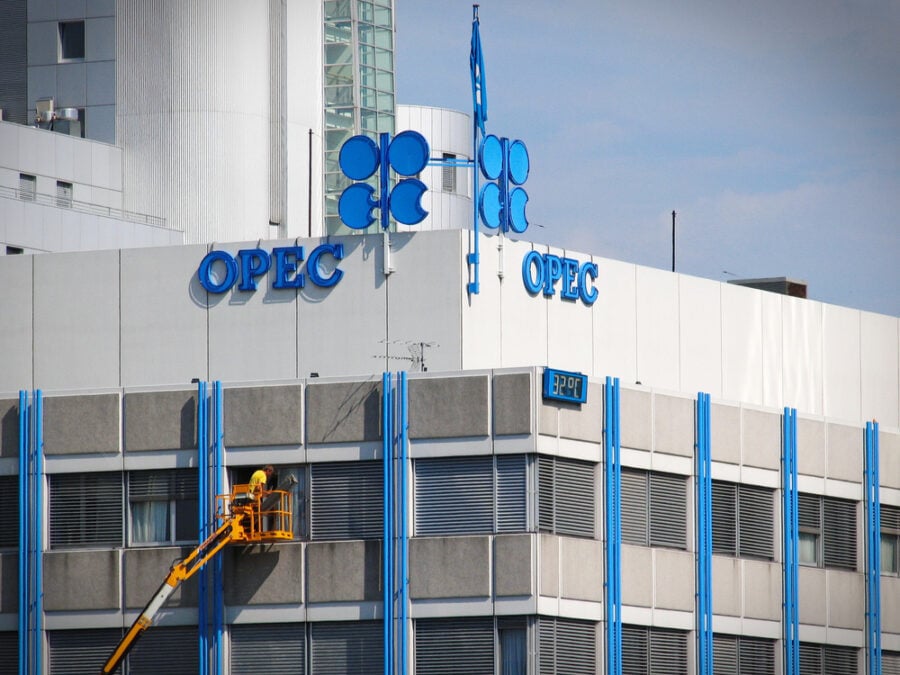UAE-based Emirates NBD announced in a note that the “OPEC +” alliance may not announce a production cut at its meeting next week, but it may choose “to undo the planned production increase for September or keep the target levels unchanged for a month starting October and onwards.
In the memo, seen by “Economy Middle East”, the “OPEC +” alliance will meet on the fifth of next September, amid a short-term change in the direction of oil. Oil prices fell for most of the July-August period, as markets focused on fears of a growing global recession, and what that might mean for demand.
For example, Brent crude futures hit a low of about $91 a barrel in mid-August, but have since recovered by about 15 percent to trade around $105 a barrel by month’s end.
The main catalyst for the improvement in oil prices was the comment made by Saudi Oil Minister Prince Abdulaziz bin Salman, who said that oil markets were experiencing “extreme volatility” and that “paper and physical markets are becoming increasingly more detached.”
What does that mean?
Emirates NBD explains these two points, saying: “The volatility referred to is related to the downward movement of oil from a peak of $139 a barrel in early March, not long after the Russian invasion of Ukraine, to a low of $91 a barrel in mid-August.
Oil market volatility in the past few months has been high if looking at the standards over the past several years but much lower than what the market experienced in the initial phase of Russia’s war in Ukraine. The physical and futures markets have also been moving in somewhat synchronized patterns, although peak price levels and volatility in time spreads are large. Brent contracts’ futures spreads for one to two months have eased from more than $7 a barrel at the end of May to just under $2 a barrel now. In the physical North Sea market, CFDs at the top of the pricing schedule (a kind of very short-term barter) have also shrunk from over $10 per barrel in mid-July to around $1.40 per barrel at present.
Reasons for lower prices
The significant drop in oil and commodity prices during the northern hemisphere’s summer months is largely due to adjustments in demand forecasts, according to the note.
“And if China maintains a zero-covid policy, it is considered negative for oil, copper and iron ore. And if central banks in the US, UK and the eurozone tighten their monetary policies more so that they may deal with the highest inflation in decades, this is also an impact. oil, copper, and iron ore.
The memo adds that “to protect against any further decline in oil prices, OPEC+ may look to cut production in upcoming meetings, Prince Abdulaziz warned. OPEC+ may not need to actually agree to a production cut at next week’s meeting, it just needs to roll back the planned production increase for September or keep target levels unchanged for October onward.








